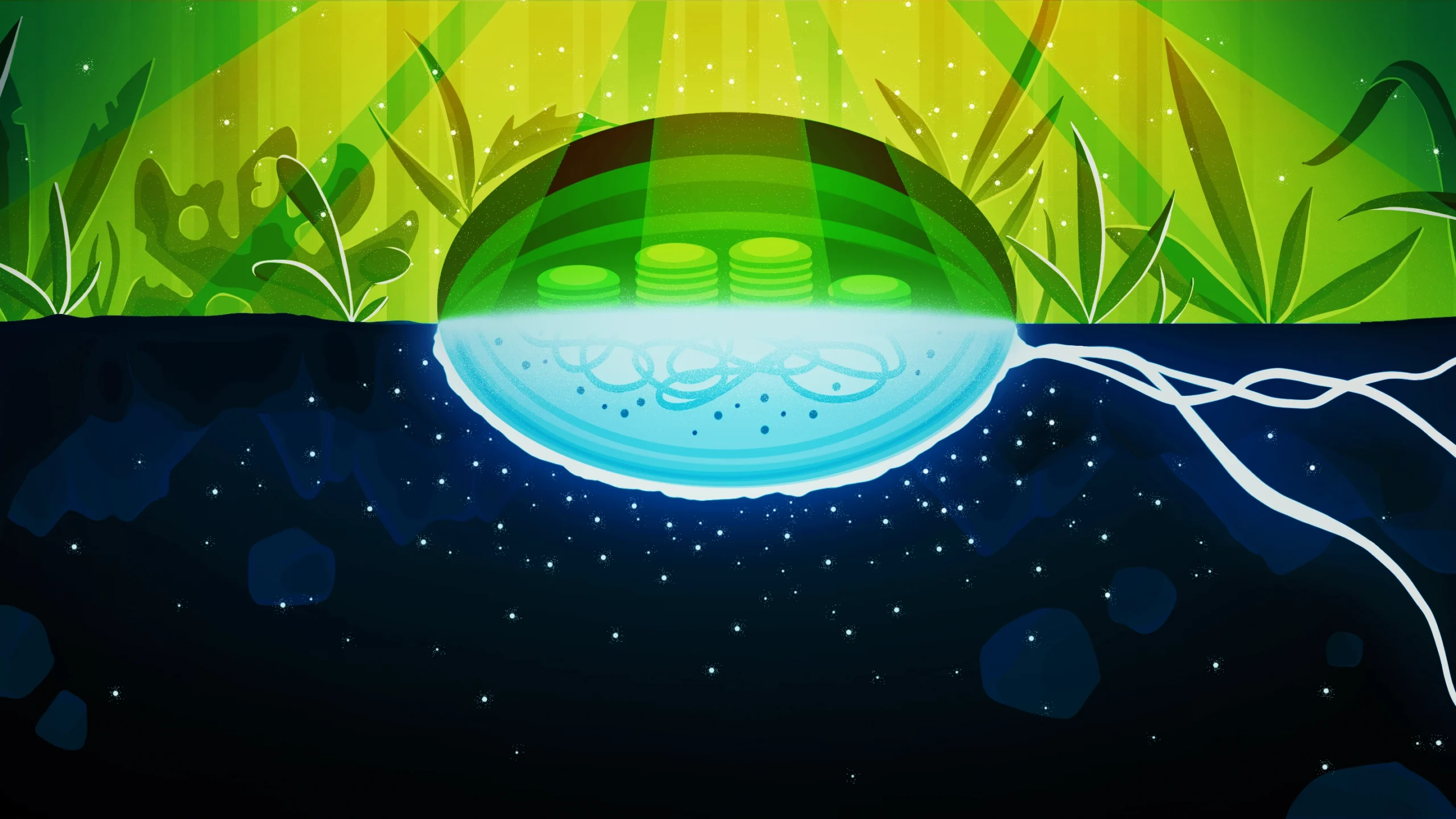
Scientists have come to realize that in the soil and rocks beneath our feet there lies a vast biosphere with a global volume nearly twice that of all the world’s oceans. Little is known about these underground organisms, who represent most of the planet’s microbial mass and whose diversity may exceed that of surface-dwelling life forms. Their existence comes with a great puzzle: Researchers have often assumed that many of those subterranean realms are oxygen-deficient dead zones inhabited only by primitive microbes keeping their metabolisms at a crawl and scraping by on traces of nutrients. As those resources get depleted, it was thought, the underground environment must become lifeless with greater depth.
In groundwater reservoirs 200 meters below the fossil fuel fields of Alberta, Canada, they discovered abundant microbes that produce unexpectedly large amounts of oxygen even in the absence of light. The microbes generate and release so much of what the researchers call “dark oxygen” that it’s like discovering “the scale of oxygen coming from the photosynthesis in the Amazon rainforest,”
Instead of taking in oxygen from its surroundings like other aerobes, the bacteria created its own oxygen by using enzymes to break down the soluble compounds called nitrites (which contain a chemical group made of nitrogen and two oxygen atoms). The bacteria used the self-generated oxygen to split methane for energy.
When microbes break down compounds this way, it’s called dismutation.
Underground Cells Make ‘Dark Oxygen’ Without Light
A big deal like the Biocrusts post?